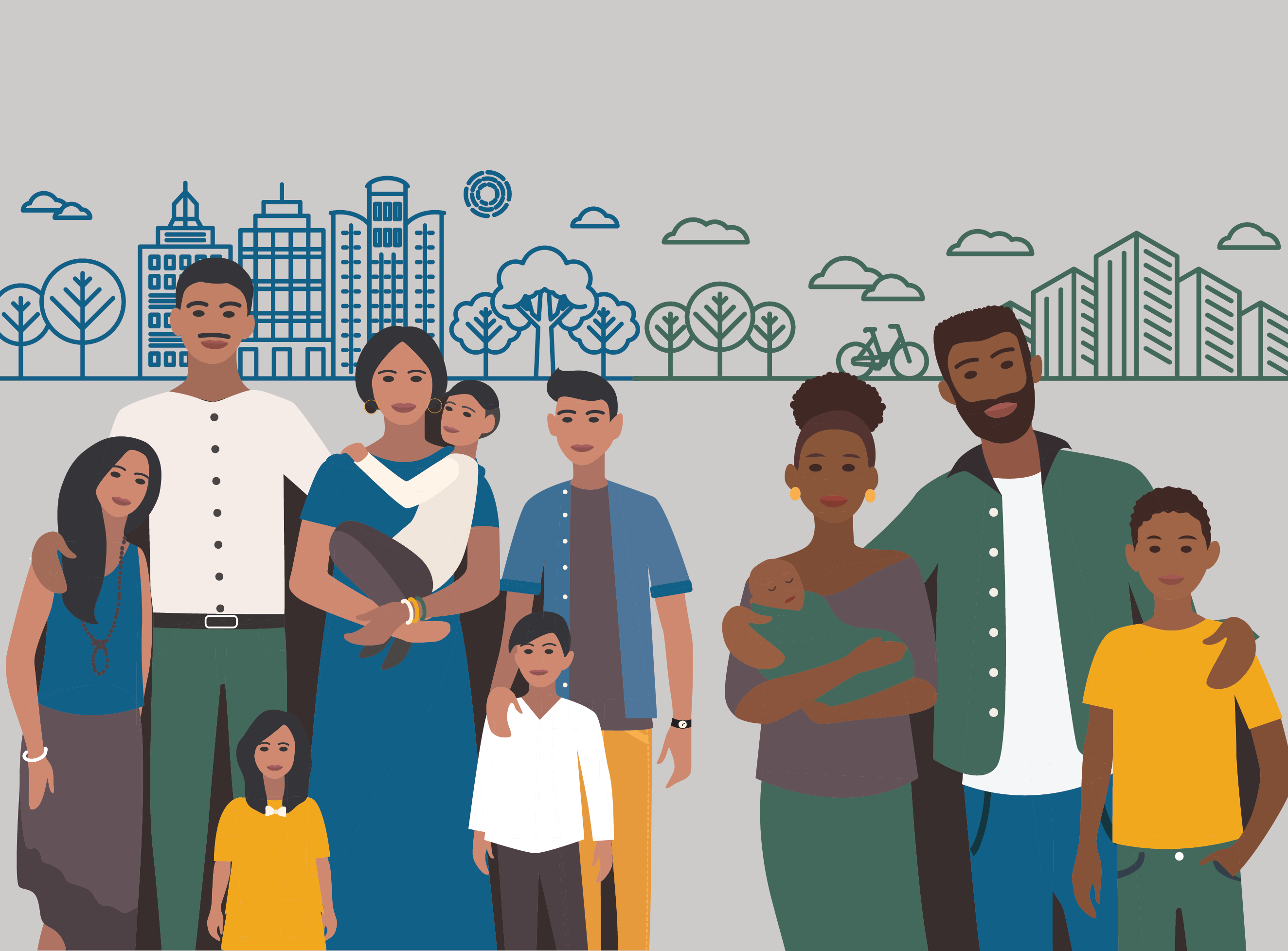The Texas Department of Family and Protective Services has funded the project Healthy Outcomes through Prevention and Early Support (HOPES) with the main aim of strengthening families and preventing child abuse and neglect. According to the U.S. Department of Health & Human Services, more than 700,000 children were victims of abuse or neglect in 2014, and young children were at most likely to be victimized.
The School of Social Work’s Child & Family Research Institute is conducting the evaluation of HOPES. We spoke to Tania Jordanova, who is coordinating this evaluation.
How is HOPES aiming to prevent child abuse and neglect?
The project includes a variety of evidence-based services, such as a home-visiting program component. The project also requires collaborations between child welfare, early childhood education, and various other community providers. Services are targeted to families with children between the ages of 0-5, and are provided through community-based organizations contracted under HOPES.
Project HOPES is being rolled out in three phases. Eight counties in Texas are contracted under each phase, to total 24 counties. Counties were targeted for participation in HOPES based on their risk ranking. Services began in 2014 under the first phase.
Where is the child & family research institute with the evaluation?
We are conducting interviews and focus groups in each of the first eight HOPES counties to find out how program implementation has gone in the first year and a half. At these site visits we interview coalition members, program administrators, program staff and participants. We even sat in on a few of the programs sessions.
In addition to interviews, we have two online surveys released. One is targeted at HOPES staff members, to learn more about the challenges and successes they have experienced in working with families. The other survey is focused on getting feedback from community coalition members in the different counties. This survey aims to understand the collaboration process among agencies in the different communities, as well as to learn about the needs and barriers faced that communities face in relation to child maltreatment prevention.
What is happening in the next evaluation round?
We conducted initial visits with sites in HOPES’s second phase in March. At these meetings we learned about what the different sites have planned, as well as gave an introduction to our evaluation plan.
Starting in June, sites in phase one and two will begin implementing a client survey that we have developed in response to concerns voiced by agencies about the Protective Factors Survey (PFS). The client survey will give us a better understanding of the strengths and challenges faced by families who participate in the HOPES program. As part of rolling out this survey, we are creating a training video for staff. Throughout the evaluation process, we work closely with each site to ensure that our evaluation activities and findings will be useful to them.
What is your favorite part of working on the HOPES project?
I love to meet and talk with a variety of stakeholders in each community, including caregivers, direct service staff, and community coalition members. Each provides unique insights into the challenges and successes of implementing a prevention program that aims to have a community-wide impact.
Posted originally on the Child & Family Research Institute blog.


